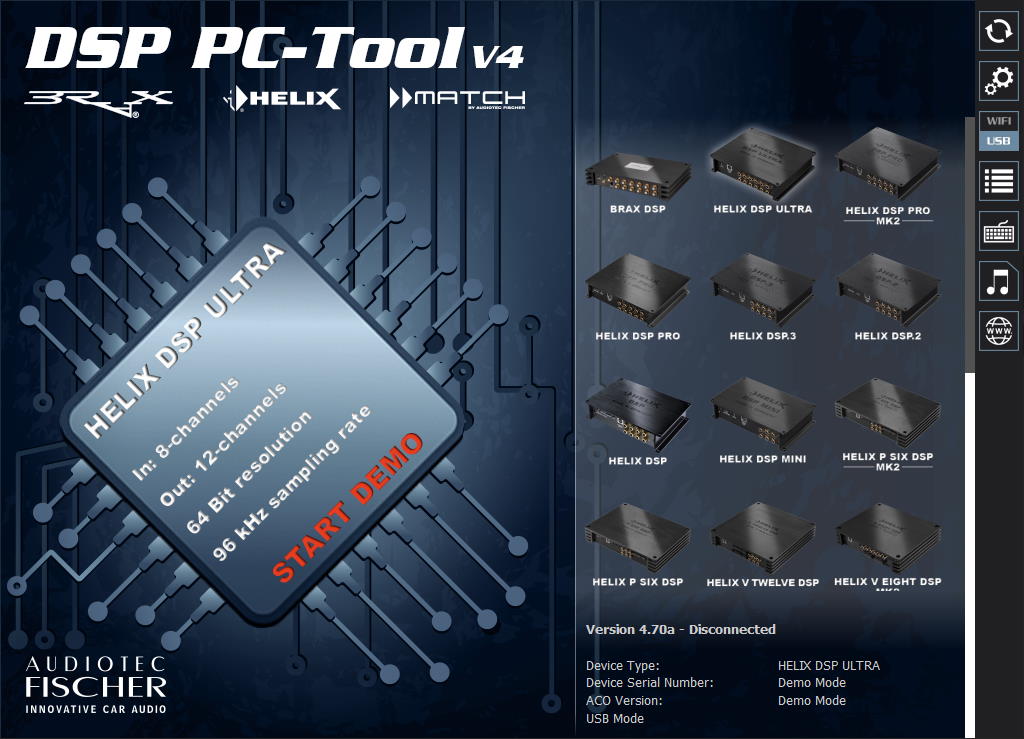License Manager (License Server)
- Rms Port Devices Driver Download
- RMS Port Devices Driver
- Rms Port Devices Driver Free
- Rms Port Devices Driver Windows 10
- Rms Port Devices Drivers
The Sentinel RMS License Manager enforces and manages licensing in multi-user environment. It keeps track of all the licenses and handles requests from network users who want to run your application, granting authorization to the requesters to allow them to run the application, and denying requests when all licenses are in use. It is an integral component of the network licensing schemes that can be implemented with Sentinel RMS, namely server-locked licenses, site licenses and commuter licenses.
NOTERMS does not support servers with numeric host names. The License Manager may not start on such machines due to external dependencies.
Rms Port Devices Driver Download
The License Manager usually runs on a computer within the network where users (clients) have installed the licensed application. See the diagram below:
RMS Port Devices Driver
Figure 1: Multiple Clients Accessing the Sentinel RMS License Manager
Usually the licenses reside on the License Manager in a license file. On startup, the License Manager reads the licenses from the file and creates a license table. Otherwise, these are added dynamically to the License Manager. The dynamically added licenses are only available in the License Manager memory. Once the License Manager is stopped these licenses are lost.
Designed to conveniently monitor and manage all of your networking devices. Hello, I'm having this issue when i try to install MDE on RMS Server. 'Product: Active Directory Rights Management Services Mobile Device Extension - AD RMS server role is. Intel SMBus Controller device drivers are overwritten with Intel® Chipset Device Software when updated through Microsoft Windows. Update, causing a loss of functionality for affected Intel SMBus Controller devices. 1 This loss of functionality applies to Windows. 7, Windows 8, Windows 8.1, and Windows Server systems. The problem we are experiencing is with a new RMS install that the cash drawer just randomly quits working- The following is a brief history of what has happened thus far-Purchased a Dell Opti Plex 390 - Windows 7 pro. Installed a PCI Express Parallel adapter card for the Epson TM-T88IIP. Installed Driver for Express Adapter.
You program your application to look for a License Manager with available licenses.

When the licensed application is run on a client, a request is sent to the License Manager for obtaining an authorization. The License Manager processes the request (including the task of authenticating the clients, if required) and returns the status to the client. The License Manager maintains each request separately, treating these authorizations as separate clients.

Rms Port Devices Driver Free
Figure 2: Client Requesting for a Network License

Rms Port Devices Driver Windows 10
Here are some quick facts about the RMS License Manager:
| Parameter | Sentinel RMS License Manager | ||||||||||||||||||||||||||||||||||||||||||||||||||||||||||||||||||||||||||||
|---|---|---|---|---|---|---|---|---|---|---|---|---|---|---|---|---|---|---|---|---|---|---|---|---|---|---|---|---|---|---|---|---|---|---|---|---|---|---|---|---|---|---|---|---|---|---|---|---|---|---|---|---|---|---|---|---|---|---|---|---|---|---|---|---|---|---|---|---|---|---|---|---|---|---|---|---|---|
Operating Systems Supported | > Windows (32-bit and 64-bit) operating system >UNIX-based (32-bit and 64-bit) operating systems, including Linux, Mac, Solaris Sparc, x86, AIX, and HPUX >Linux ARM (32-bit [Hard Float/Soft Float] and 64-bit) operating system. NOTEFrom Sentinel RMS v9.7 onwards, Linux ARM operating system is supported. For specific versions, refer to the release notes or contact the Technical Support. | ||||||||||||||||||||||||||||||||||||||||||||||||||||||||||||||||||||||||||||
| Installation Path | The default installation path on Windows is: •Windows 32-bit - <Osdrive>:Program FilesCommon FilesSafeNet SentinelSentinel RMS License ManagerWinNT. •Windows 64-bit - <Osdrive>:Program Files(x86)Common FilesSafeNet SentinelSentinel RMS License ManagerWinNT. On UNIX and Linux ARM operating systems, you can place the License Manager executable (lserv) at any chosen location. | ||||||||||||||||||||||||||||||||||||||||||||||||||||||||||||||||||||||||||||
| Network Protocol | UDP (User Datagram Protocol) that can support both IPv4 and IPv6 addresses. NOTEThe IPv6 protocol is not supported for Linux ARM OS. A client can contact the License Manager using the IPv4 or IPv6 communication protocol. When the License Manager is hosted on a dual stack system, both IPv4 and IPv6 clients can communicate with it, however, not all combinations are supported (see the illustration below for more information).
| ||||||||||||||||||||||||||||||||||||||||||||||||||||||||||||||||||||||||||||
| Network Port (default) | 5093 NOTESentinel RMS License Manager uses port number 5093 and 5099. Make sure these ports are not blocked by a firewall. Otherwise, it may result in unexpected behavior. | ||||||||||||||||||||||||||||||||||||||||||||||||||||||||||||||||||||||||||||
| Network Reach | Broadcasts within a subnet. Directed calls can access License Manager across subnets. | ||||||||||||||||||||||||||||||||||||||||||||||||||||||||||||||||||||||||||||
| Compatibility | The License Managers may exist on different platforms than the clients running the licensed application. For example, a License Manager running on UNIX may administer Windows clients. The License Manager provides backward compatibility to previous version clients as well, as shown in the version compatibility matrix below.
| ||||||||||||||||||||||||||||||||||||||||||||||||||||||||||||||||||||||||||||
| Startup Options | For information about configuring the License Manager (like error and transaction logging and tracing) and License Manager utilities (such as lslic, WlmAdmin, WRlfTool) refer to the Sentinel RMS SDK System Administrator Guide. The system administrators, who will be deploying and administering the License Managers in a network, will require this document. | ||||||||||||||||||||||||||||||||||||||||||||||||||||||||||||||||||||||||||||
| Failover Support | Provides License Manager redundancy for up to 11 License Managers. For information about the redundant License Managers see 'Redundant License Managers'. | ||||||||||||||||||||||||||||||||||||||||||||||||||||||||||||||||||||||||||||
Rms Port Devices Drivers
Related Topics:
For information about customizing the License Manager see 'Customization Features' in the Sentinel RMS SDK API Reference Guide.